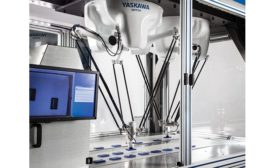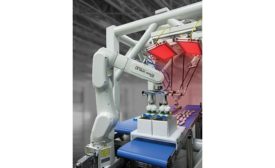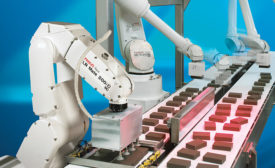Home » Keywords: » VGR
Items Tagged with 'VGR'
ARTICLES
A look at the most talked-about machine vision technologies, their practical uses and limitations, and which will have a long-lasting impact on your current and fixture applications.
Read More
Simple Steps to VGR Implementation
Vision technology is constantly being updated, especially where speed and resolution are concerned.
January 1, 2019
Practical VGR: Cutting-Edge Technologies and Applications
Let’s look at some of the latest vision and robotics technologies and related applications.
January 1, 2018
Fueling Innovation in Machine Vision
Advances from the networking industry are again set to help support next-generation imaging systems.
December 1, 2016
Stay in the know with Quality’s comprehensive coverage of
the manufacturing and metrology industries.
eNewsletter | Website | eMagazine
JOIN TODAY!Copyright ©2025. All Rights Reserved BNP Media.
Design, CMS, Hosting & Web Development :: ePublishing




